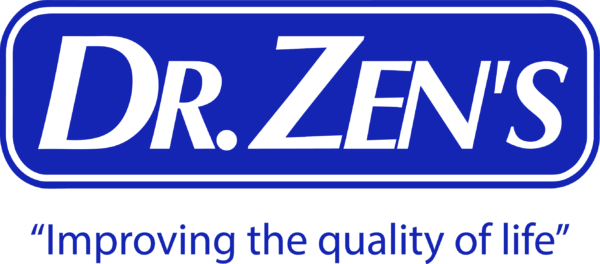Effective Ways to Refine Your Indoor Air
We spend at most 90% of our time indoors, and what’s worse is that the air we breathe inside a closed space is actually 2 to 5 times more polluted and toxic than what we breathe outdoors. The longer exposure to this, the higher the risk of developing rashes, fatigue, asthma and other bronchial problems.
This is a matter everyone has to act on quickly. So here are the few tips on how you can improve the air quality you breathe at home.
Let the fresh air in
The air inside your home may contain chemicals from cleaning products, hair sprays, paints, and gas stoves, and in high concentration, could cause health problems to your family. They don’t dissipate on their own. Keeping your windows constantly closed may trap these air irritants indoors with you. Quickly freshen your indoor air once in a while and escort air pollutants out by opening your windows two hours before sunrise, or late at night—when smoke and outdoor allergies are still in low concentration.
Trust the houseplants
According to a study of NASA, “Houseplants can purify and rejuvenate air within our houses and workplaces, safeguarding us from any side effects associated with prevalent toxins like ammonia, formaldehyde and also benzene.”
One of the things that you can easily less effort is by situating two or three houseplants in the corners of your home.
Dust and keep your floors clean and dryDo not allow dust and pet dander to build up anywhere in your home. They immediately settle on the floor and are suspended in the air your entire family breathes. Sweeping and damp mopping help ensure a good quality of indoor air.
Don’t wear outdoor shoes indoor
Your shoes can pick up herbicide, pesticides, allergens and other bacteria as you walk around outside. Leave a mat outside and inside your door so you can give your sole a good wipe before coming in. Place a shoe rack closer to your door so you can set down your shoes in a neat and orderly manner.
Don’t smoke in or near your home
Cigarette smoke is one of the leading causes of lung cancer. The cigarette smell lingers for several hours and residue could stick to your walls, carpets, and other surfaces, even after the smoke clears. It’s just so awful. Ban smoking from your home and its premises to prevent this kind of pollution affecting the entire family.
Get rid of dust mites
Dust mites are microscopic bugs that feed off pet and human dander. They thrive in warm, humid environments and live in the fabric of your home such as bedding, cushions, curtains, stuffed toys, and upholstered furniture. They can irritate your nose, and throat, and trigger asthma, and other allergies.
For prevention, replace your blinds with washable curtains; wash your sheets and blankets weekly in hot water. Bathe and comb your pets, and keep them off your beddings and sofas to minimize the build-up of dander.

Use the right air purifier
Admit it, there are certain areas bare hands can’t really clean. Achieve spotless cleaning by choosing the right purifier with HEPA filter just like Purifirst It can filter out ultrafine particles that commonly lead to health issues such as molds, dust, and allergens, with up to 99.9% purification rate. It has seven air filters that prioritize resolving your air problems, so you can sleep better at night.



